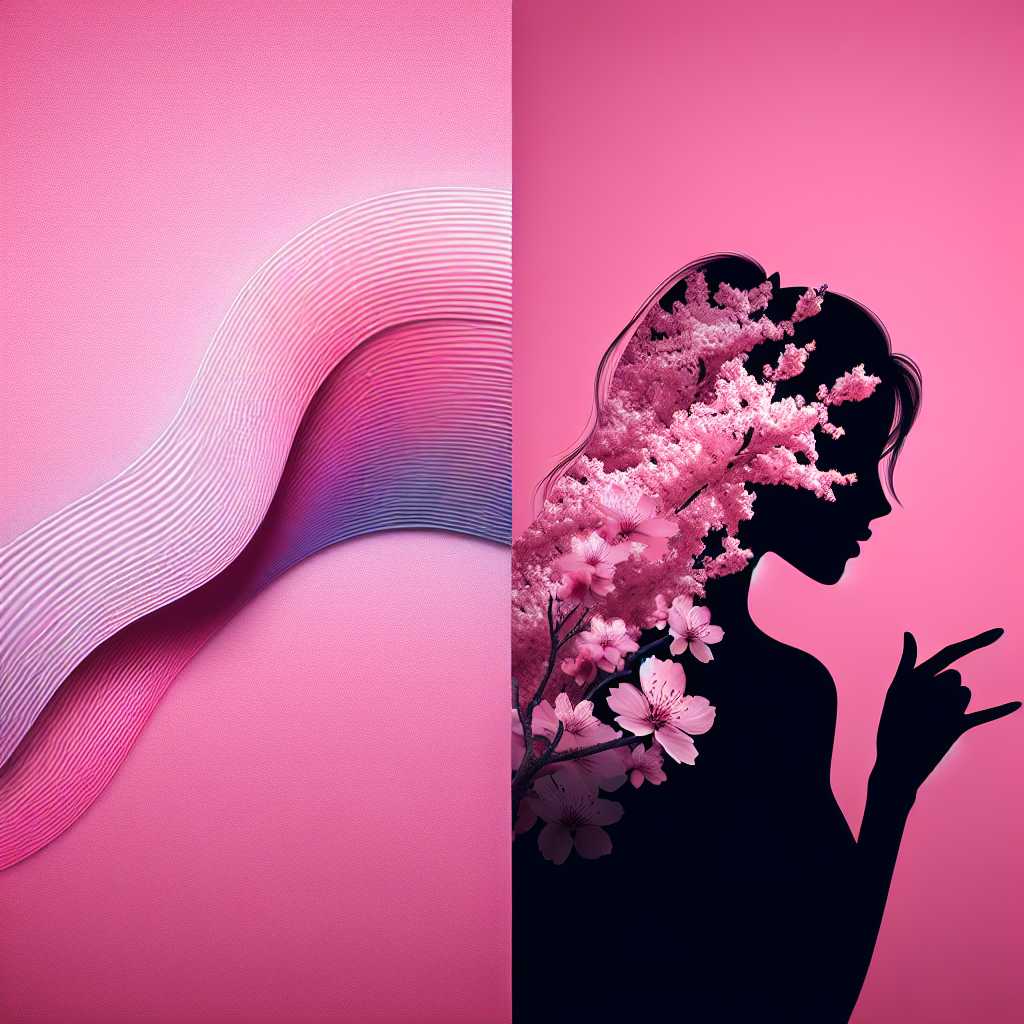The Comprehensive Guide to Pink: Color, Symbolism, and Cultural Impact
Introduction to the Color Pink: Perceptions and Symbolism
Pink, a color with various shades nestled between red and white on the color spectrum, has been an alluring subject for both the world of design and cultural discourse. Often associated with sweetness, femininity, and romance, pink’s significance has evolved over time, embodying different meanings across diverse cultures and historical periods.
Psychology and Associations of Pink
In color psychology, pink is traditionally linked with qualities typically considered feminine, such as softness, nurturance, and compassion. It can evoke feelings of calmness and reassurance when used in softer tones like baby pink. In contrast, brighter pinks are energetic and can inspire a playful, more whimsical atmosphere.
Interestingly, research indicates that pink has a calming effect on people, sometimes being used in prisons or detention centers to pacify inmates. The Baker-Miller Pink is one such shade known for its use in this context.
Gender Associations and Changing Perceptions
Historically, pink was not always a female-associated color. Before the 20th century, infants of both genders were commonly dressed in white. In the 1920s to 1940s, pink began to be strongly marketed towards girls by clothing marketers in the United States. Over time, this led to a widespread, deep-seated association of pink with femininity; however, these gendered color norms are increasingly challenged in modern times as society moves toward more gender-neutral perspectives.
Pink in Global Cultures
Around the world, pink holds distinct connotations. For example, in Japan, pink’s symbolism is heavily tied to cherry blossoms which represent beauty and the fleeting nature of life due to their short blooming period. In Thailand, pink is associated with Tuesday on the Thai solar calendar so someone born on that day may wear pink to celebrate their birthday.
Fashion and Design: Pink’s Prominence
In fashion, pink has fluctuated in popularity. From the iconic Elsa Schiaparelli’s “shocking pink” to today’s millennial pink phenomenon — a muted shade of rose that has taken over fashion, product design, and visual aesthetics in the mid-2010s — it persists as a trendy and beloved color.
Pop Culture: Celebrities and Pink’s Influence
In music and celebrity culture, Pink also refers to Alecia Beth Moore, known professionally as P!nk — an American singer-songwriter acclaimed for her powerful voice and edgy pop hits. Renowned for challenging traditional gender stereotypes through her music and aesthetic choices including her stage name; she has helped typify how the color can be represented in terms of strength rather than solely softness.
Economic Impact of Pink
Industry sectors ranging from fashion to technology utilize the color pink to engage with audiences; it’s been proven that certain shades can draw customer attention while others may signal luxury or affordability depending on the marketing context.
Environmental Concerns: Synthetic Dyes and Sustainability
Conversations around synthetic dyes used for producing pink materials have also arisen within environmentally-focused discussions. Natural pigments vs. their chemical counterparts bring up debates around sustainability and ecological impact in terms of production methods being utilized worldwide.
Health Sector: The Pink Ribbon Campaign
The ubiquitous symbol of breast cancer awareness is the pink ribbon. The campaign utilizes the recognizable hue to draw attention and gather support for patients and research—showing how color can play a pivotal role in community movements seeking social change.
Notes
Conclusion: Understanding Pink Beyond Stereotypes
The exami`nation of pink shows that while societal conventions have sought to box this complex and multifaceted hue into singular meanings over time—the inherent power of pink lies within its ability to contradict conventions, serving diverse purposes from reassurance to defiance.
*Image description: A gradient background transitioning from light baby pink on one side to deep magenta on the other reflects the multifaceted nature of the color. In one corner flows a wave of cherry blossoms embodying Japanese cultural association while on another side there is a discreet depiction of P!nk performing on stage which represents the influence of pop culture in embedding diverse interpretations of the color.*

